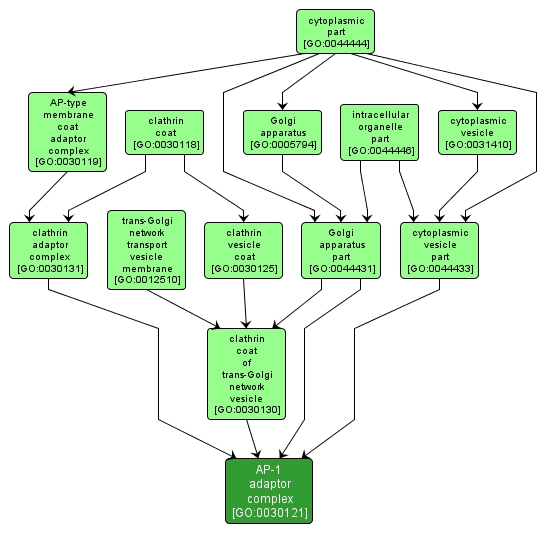GO TERM SUMMARY
|
| Name: |
AP-1 adaptor complex |
| Acc: |
GO:0030121 |
| Aspect: |
Cellular Component |
| Desc: |
An AP-type membrane coat adaptor complex that consists of beta1, gamma1, mu1 and sigma1 subunits and links clathrin to the membrane surface of a vesicle; vesicles with AP-1-containing coats are normally found primarily in the trans-Golgi network. |
| Synonyms:
|
|

|
INTERACTIVE GO GRAPH
|














